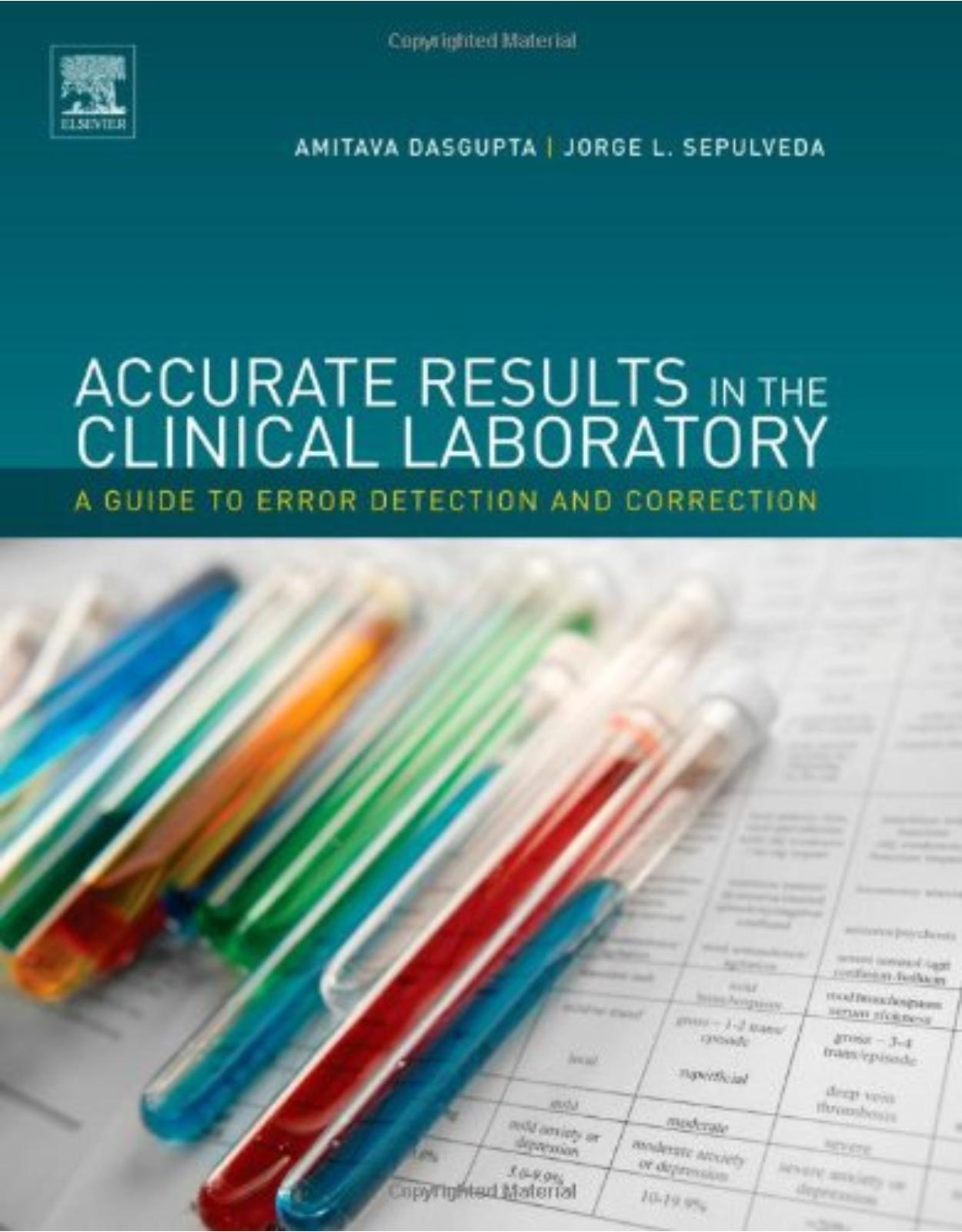
Accurate Results in the Clinical Laboratory: A Guide to Error Detection and Correction
Livrare gratis la comenzi peste 500 RON. Pentru celelalte comenzi livrarea este 20 RON.
Disponibilitate: La comanda in aproximativ 4 saptamani
Editura: Prior
Limba: Engleza
Nr. pagini: 382
Coperta: Hardback
Dimensiuni: 21.6 x 2.3 x 27.7 cm
An aparitie: 2013
|
Description: This practical, easy-to-use guide addresses interference issues in all laboratory tests, including patient epigenetics, process of specimen collection, enzymes, biomarkers. Clinicians and laboratory scientists can therefore rely on one reference which speaks to both their needs of accurate specimen analysis and optimal patient care. Erroneous hospital and pathology laboratory results can be confusing and problematic, especially in acute care situations. While some factors creating interference, can be identified in the laboratory, detecting many others is often dependent on clinical details unavailable to the laboratory scientists or pathologists. Therefore, clinicians must become proficient in identifying such erroneous reports, and working with pathologists and laboratory scientists so that they can understand the source of such interferences, correct the results, and then decide what course of action must be followed for proper patient management. |
||
|
Features: |
||
|
Named to Doody’s Core Titles 2013, a collection development tool for health sciences libraries of all sizes, by Doody Enterprises Practical information for both clinicians and laboratory scientists, presented in the form of tables and charts for easy reference Focus on range and sources of interferences rather than details of toxicologic mechanisms which are well covered in toxicology textbooks Covers interferences across endocrine, oncology, hematology, immunohistochemistry, immunology, serology, microbiology, and molecular testing |
||
|
Table Of Contents: |
||
|
Foreword Preface List of Contributors Chapter 1. Variation, Errors, and Quality in the Clinical Laboratory Introduction Errors in the Clinical Laboratory Quality Improvement in the Clinical Laboratory Conclusions References Chapter 2. Effect of Age, Gender, Diet, Exercise, and Ethnicity on Laboratory Test Results Introduction Effects of Age-Related Changes on Clinical Laboratory Test Results Effects of Gender-Related Changes on Clinical Laboratory Test Results Effects of Diet on Clinical Laboratory Test Results Effects of Nutraceuticals on Clinical Laboratory Test Results Effects of Exercise on Clinical Laboratory Test Results Effects of Ethnicity/Race on ClinicaL Laboratory Test Results Conclusions References Chapter 3. Effect of Patient Preparation, Specimen Collection, Anticoagulants, and Preservatives on Laboratory Test Results Introduction Biological Rhythms and Laboratory Test Results Issues of Patient Preparation Differences Between Whole Blood, Plasma, and Serum Specimens for Clinical Laboratory Analysis Different Anticoagulants and Preservatives, Order of Draw, Problems with Gel Interference in Serum Separator Tubes, and Short Draws Order of Draw of Various Blood Collection Tubes Collection Sites; Differences Between Arterial, Capillary, and Venous Blood Samples; and Problems with Collections from Catheters and Intravenous Lines Urine Collection, Timing, and Techniques Conclusions References Chapter 4. Sample Processing and Specimen Misidentification Issues Introduction Transportation The Effects of Centrifugation on Laboratory Results Effect of Storage Conditions on Laboratory Results Effect of Cross-Contamination of Specimens on Laboratory Results Consequences of Specimen Misidentification on Laboratory Testing Conclusions References Chapter 5. Hemolysis, Lipemia, and High Bilirubin: Effect on Laboratory Tests Introduction Effect of Hemolysis on Laboratory Tests Lipemia Icterus Methods for Evaluating the Effect of Endogenous Interfering Substances on Laboratory Tests Conclusions References Chapter 6. Immunoassay Design and Mechanisms of Interferences Introduction Immunoassay Methods and Assay Principles Specimen Types Used in Immunoassays Examples of Immunoassays Pitfalls in Immunoassays How to Detect and Correct Heterophilic Antibody Interferences Conclusions References Chapter 7. Effect of Herbal Remedies on Clinical Laboratory Tests Introduction Elevated Liver Function Test Due to Use of Herbal Supplements Herbal Supplements Causing Kidney Damage Herbal Remedies and Hypoglycemia Licorice and Hypokalemia Kelp and Abnormal Thyroid Function Tests Drug–Herb Interaction and Unexpected Drug Levels in Routine Drug Monitoring Adulteration of Herbal Supplements with Western Drugs Conclusions References Chapter 8. Challenges in Routine Clinical Chemistry Testing: Analysis of Small Molecules Introduction Creatinine Analysis Urea Analysis Ammonia Assay Uric Acid Analysis Glucose Analysis Analysis of Electrolytes Blood Gases Analysis Lactate Analysis Bilirubin Analysis Lipid Profiles Analysis Conclusions References Chapter 9. Challenges in Routine Clinical Chemistry Analysis: Proteins and Enzymes Introduction Albumin and Total Protein Alanine and Aspartate Aminotransferases Analysis γ-Glutamyl Transferase and Alkaline Phosphatase Analysis Amylase and Lipase Analysis Lactate Dehydrogenase Analysis Creatine Kinase Analysis Cardiac Troponin Analysis B-Type Natriuretic Peptide Analysis Conclusions References Chapter 10. Sources of Inaccuracy in Biochemical Genetics Testing Introduction Analysis of Amino ACIDS Analysis of Organic ACIDS Analysis of Acylcarnitines Conclusions References Chapter 11. Challenges in Endocrinology Testing Introduction Challenges in Testing of Hormones Secreted by Pituitary Challenges in Measuring Human Chorionic Gonadotropin Challenges in Thyroid Tumor Marker Tests Adrenal Function Tests Testing of Parathyroid Function Gonadal and Reproductive Interferences Prostate Testing for Insulin-Like Growth Factor 1 Measurement of Other Hormones Including Insulin Prenatal Testing Conclusions References Chapter 12. Pitfalls in Tumor Markers Testing Introduction Clinical Uses of Tumor Markers Prostate-Specific Antigen CA-125 α-Fetal Protein Carcinoembryonic Antigen CA-19-9 β2-Microglobulin Human Chorionic Gonadotropin Interference from Heterophilic Antibodies in Laboratory Testing of Tumor Markers Analysis of Less Frequently Assayed Tumor Markers Conclusion References Chapter 13. Issues of Interferences in Therapeutic Drug Monitoring Introduction Sources of Pre-Analytical Interferences in TDM Sources of Analytical Interferences in TDM Mechanisms of Analytical Interferences in TDM Chromatography and Mass Spectrometry Examples of Interferences that Affect TDM Conclusions References Chapter 14. Limitations of Drugs of Abuse Testing Introduction Drugs of Abuse Testing: Medical Versus Legal Drugs Tested in Drugs of Abuse Testing Protocols Drug Testing Methodologies Challenges in Testing for Amphetamines Challenges in Testing of Cocaine Metabolite Challenges in Testing for Opiates Challenges in Testing for Marijuana Metabolites Challenges in Testing for Phencyclidine Challenges in Testing for Benzodiazepines Challenges in Determining Other Drugs by Immunoassays Adulterants and Drugs of Abuse Testing Other Drugs not Detected by Routine Toxicology Screens Conclusions References Chapter 15. Challenges in Confirmation Testing for Drugs of Abuse Introduction: Factors to Consider when Interpreting Drug Testing Results Confirmation Testing Process Confirmation of Amphetamines Confirmation of Cocaine Metabolite Benzoylecgonine Confirmation of Opiates Confirmation of Marijuana Metabolite Confirmation of Phencyclidine Confirmation of Benzodiazepines Confirmation of Barbiturates Specimen Validity Testing Conclusions References Chapter 16. Alcohol Determination Using Automated Analyzers: Limitations and Pitfalls Introduction Development of Laboratory Methods for Ethanol Measurement Current Automated Methodologies Performance of Automated Ethanol Assays Problems with Current Methodologies Strategies for Removing Interferences Further Case Studies Future Directions Conclusions References Chapter 17. Pre-Analytical Issues and Interferences in Transfusion Medicine Tests Introduction Basics of Immunohematology Methodology Used for Immunohematology Tests Pre-Transfusion Evaluation Interferences in Basic Transfusion Medicine Tests Case Studies Conclusions References Chapter 18. Issues with Immunology and Serology Testing Introduction Challenges in Hemoglobinopathy Detection Detection of Monoclonal Proteins Challenges in HIV Testing Hepatitis Testing Anti-Nuclear Antibodies Conclusions References Chapter 19. Sources of Errors in Hematology and Coagulation Testing Introduction Errors in Hemoglobin Measurement and RBC Count Errors in MCV and Related Measurements Errors in WBC Counts and WBC Differential Counts Errors in Platelet Count Errors in Specific Hematology Testing Coagulation Testing Errors in PT and aPTT Measurements Errors in Thrombin Time Measurement Platelet Aggregation Testing with Lipemic, Hemolyzed, or Thrombocytopenic Samples Challenges in Anticoagulants and Lupus Anticoagulant Tests Case Studies Conclusions References Chapter 20. Challenges in Clinical Microbiology Testing Introduction Issues with Pre-Analytical Errors Analytical Errors in the Microbiology Laboratory Post-Analytical or Reporting Errors Error Prevention, Detection, and Monitoring Conclusions References Chapter 21. Sources of Errors in Molecular Testing Introduction Principles of Commonly Used Methods for Molecular Diagnostics Principles of Nucleic Acid Isolation Pre-Analytical Considerations in Molecular Testing Interferences in Molecular Diagnostics: False-Negative Results in Molecular Assays Interferences in Molecular Testing: False-Positive Test Results in Molecular Assays Sources of Errors in DNA Microarray Testing Quality Management Conclusions References Chapter 22. Problems in Pharmacogenomics Testing Introduction Method Descriptions Applications of Pharmacogenetics Testings Case Studies Conclusions References Index |
||
| An aparitie | 2013 |
| Autor | Amitava Dasgupta, Jorge L. Sepulveda |
| Dimensiuni | 21.6 x 2.3 x 27.7 cm |
| Editura | Prior |
| Format | Hardback |
| ISBN | 9780124157835 |
| Limba | Engleza |
| Nr pag | 382 |

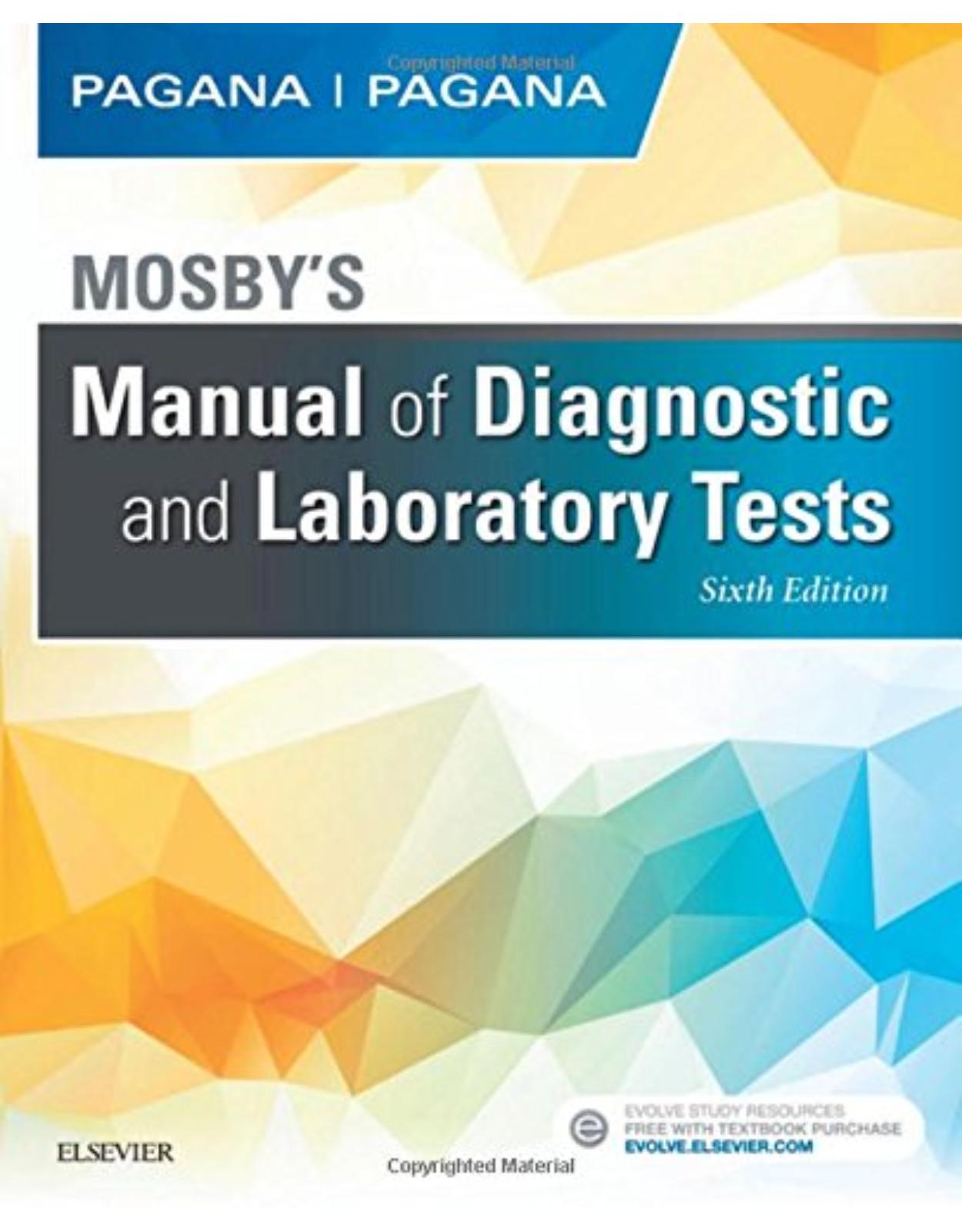
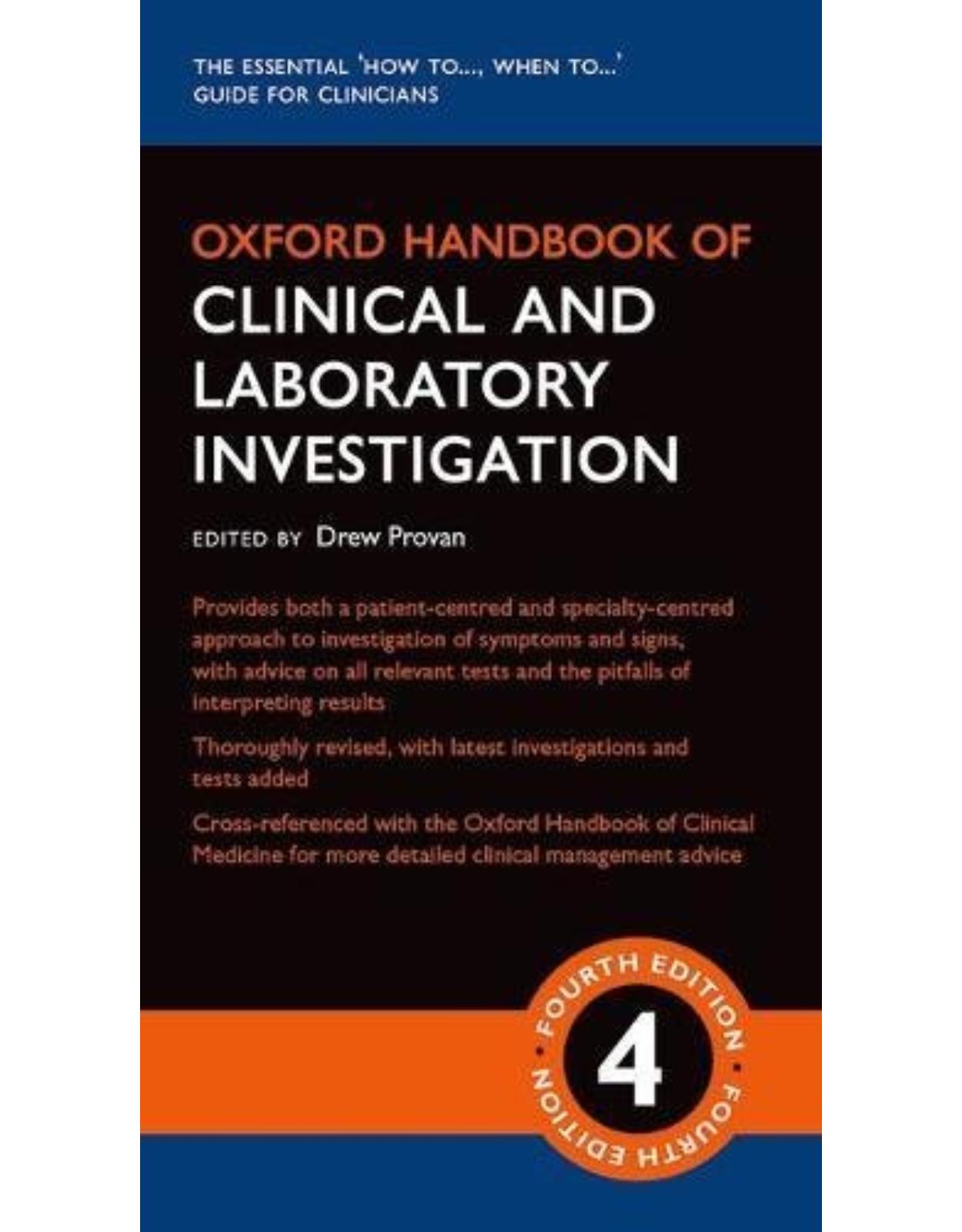
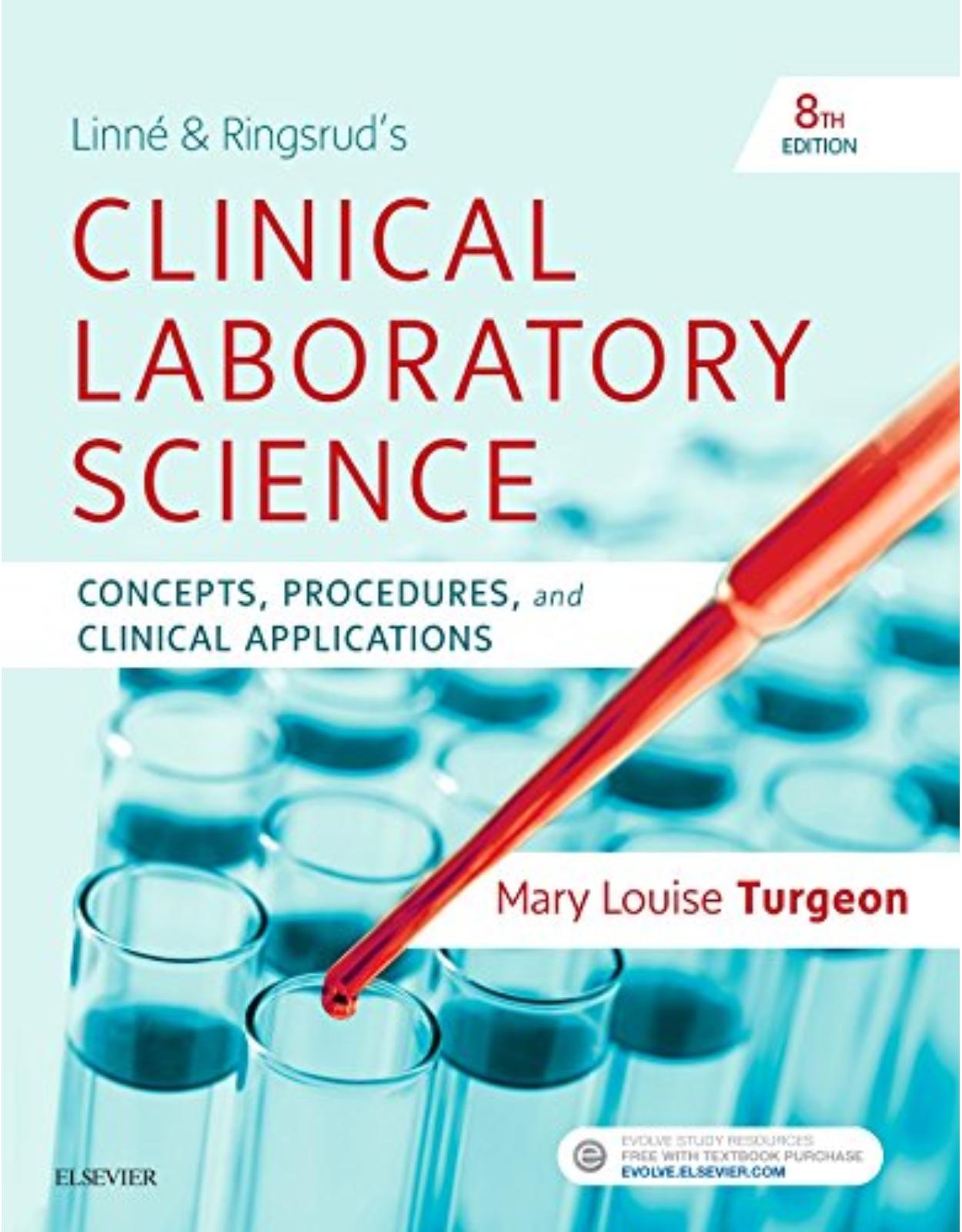
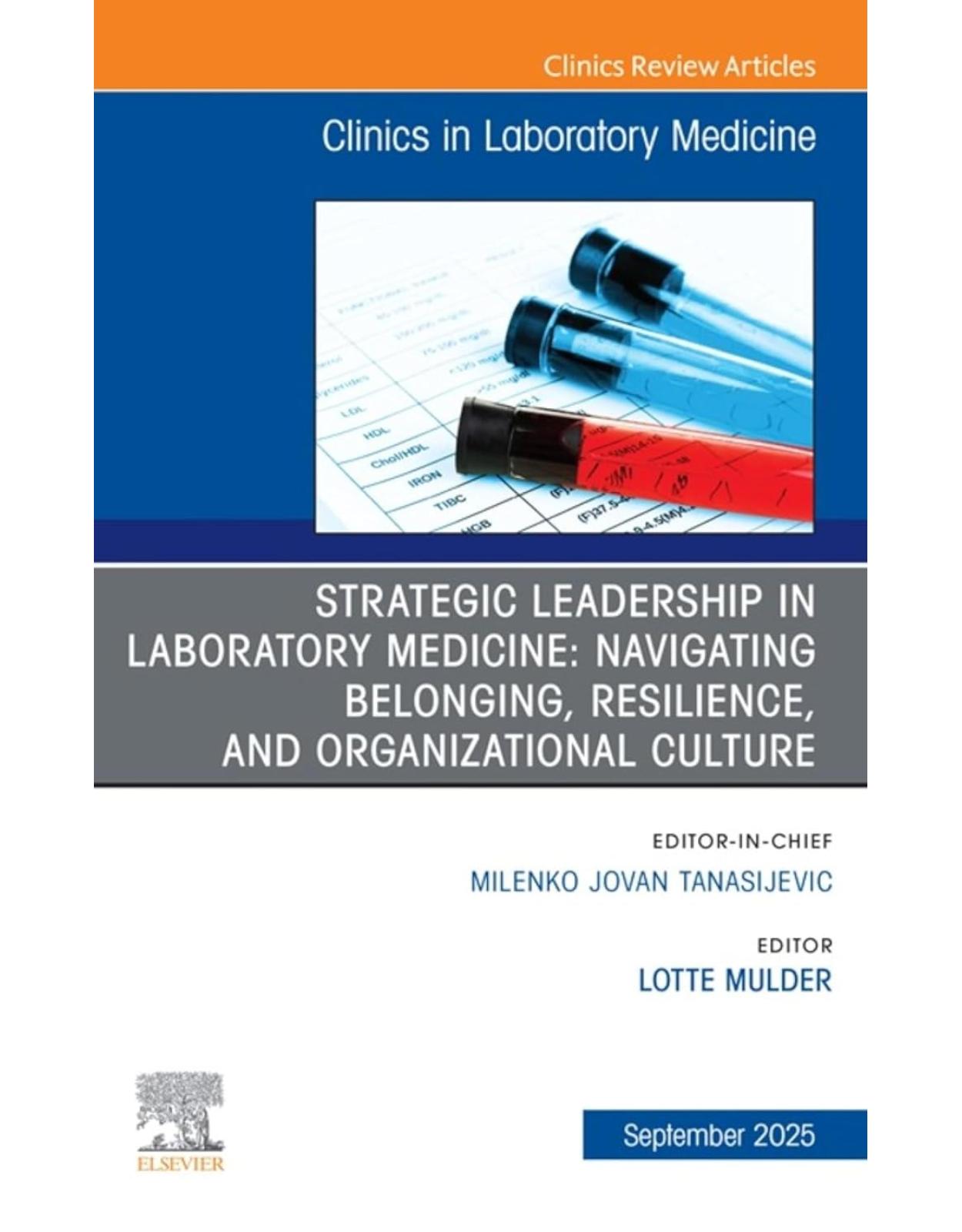
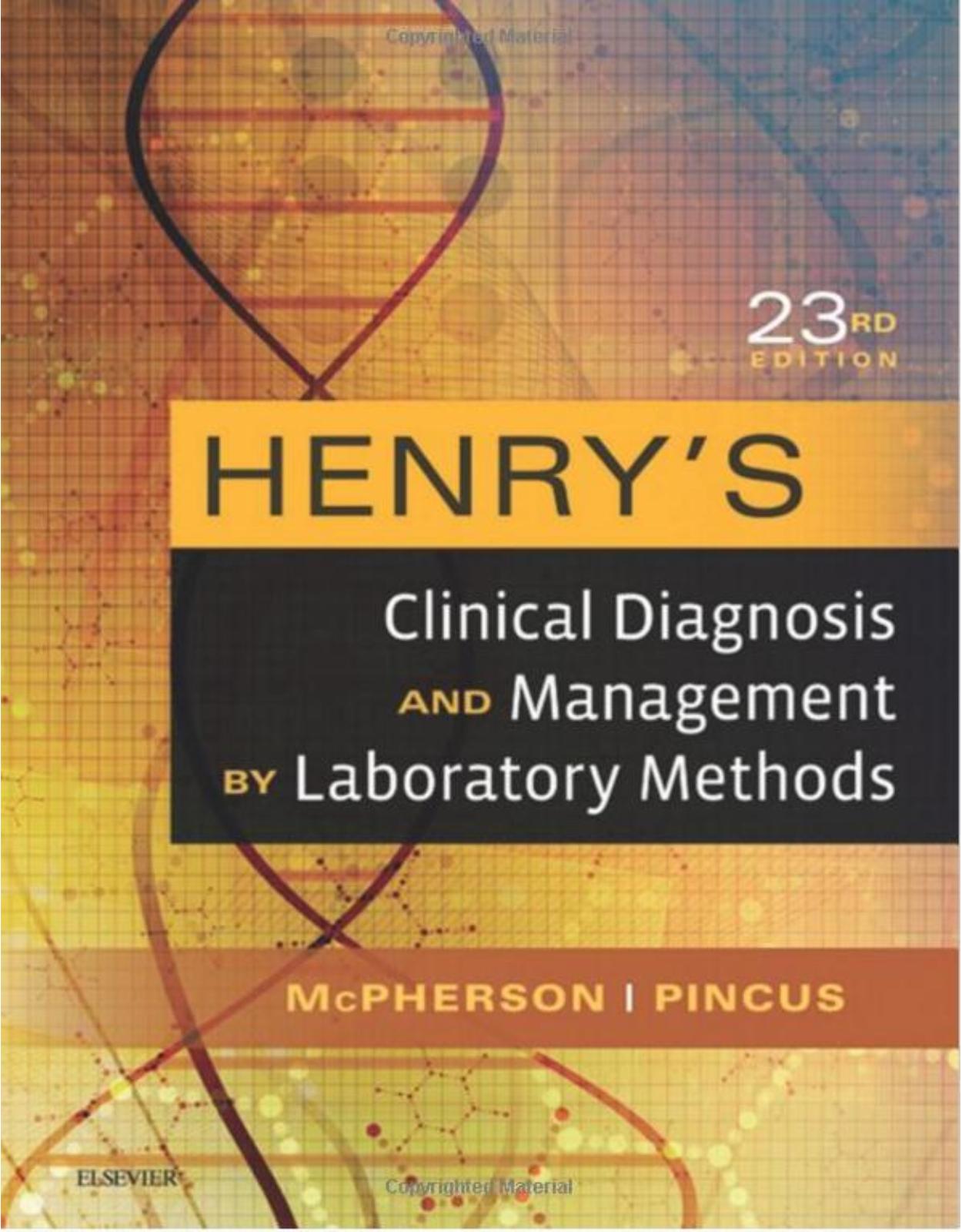
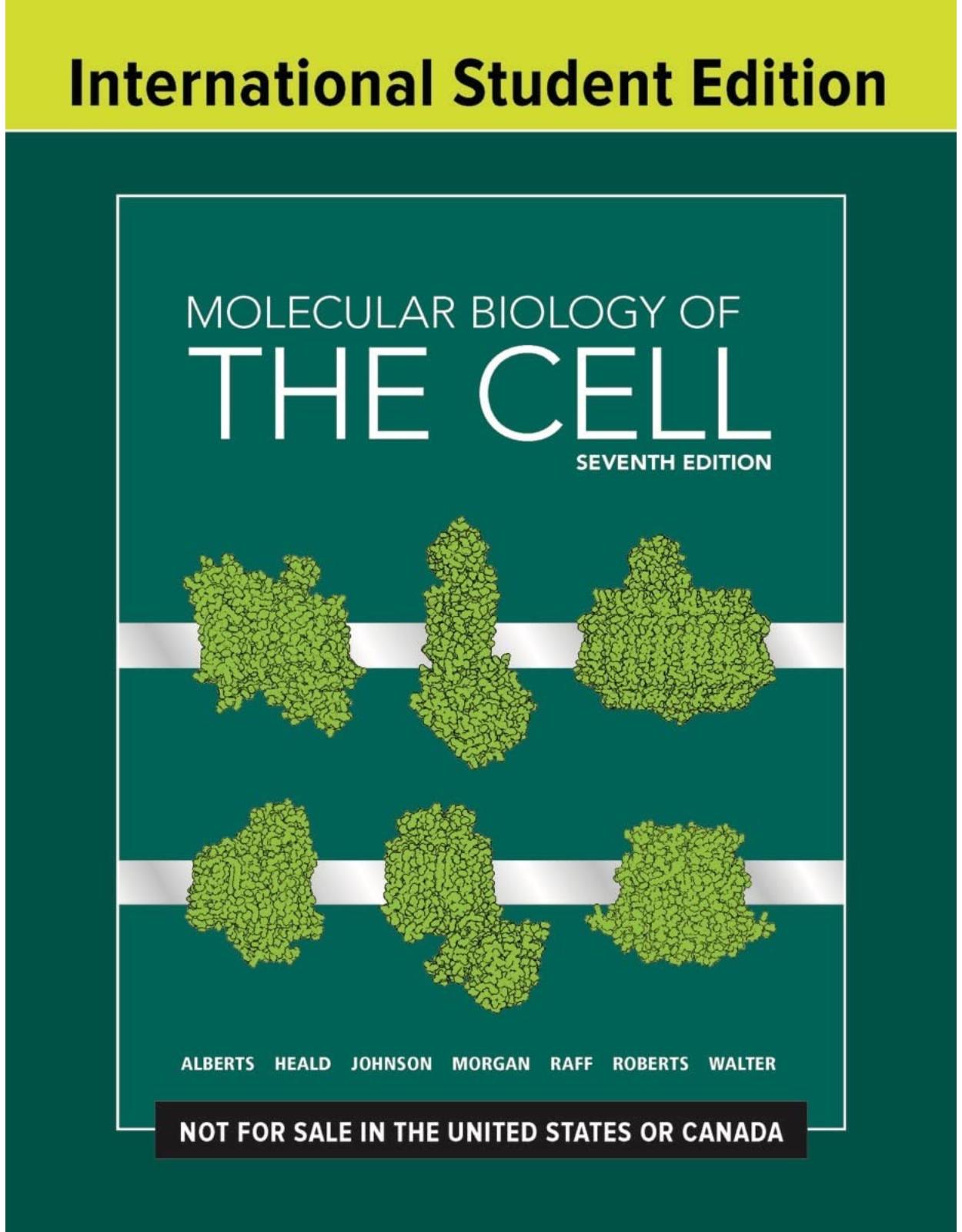
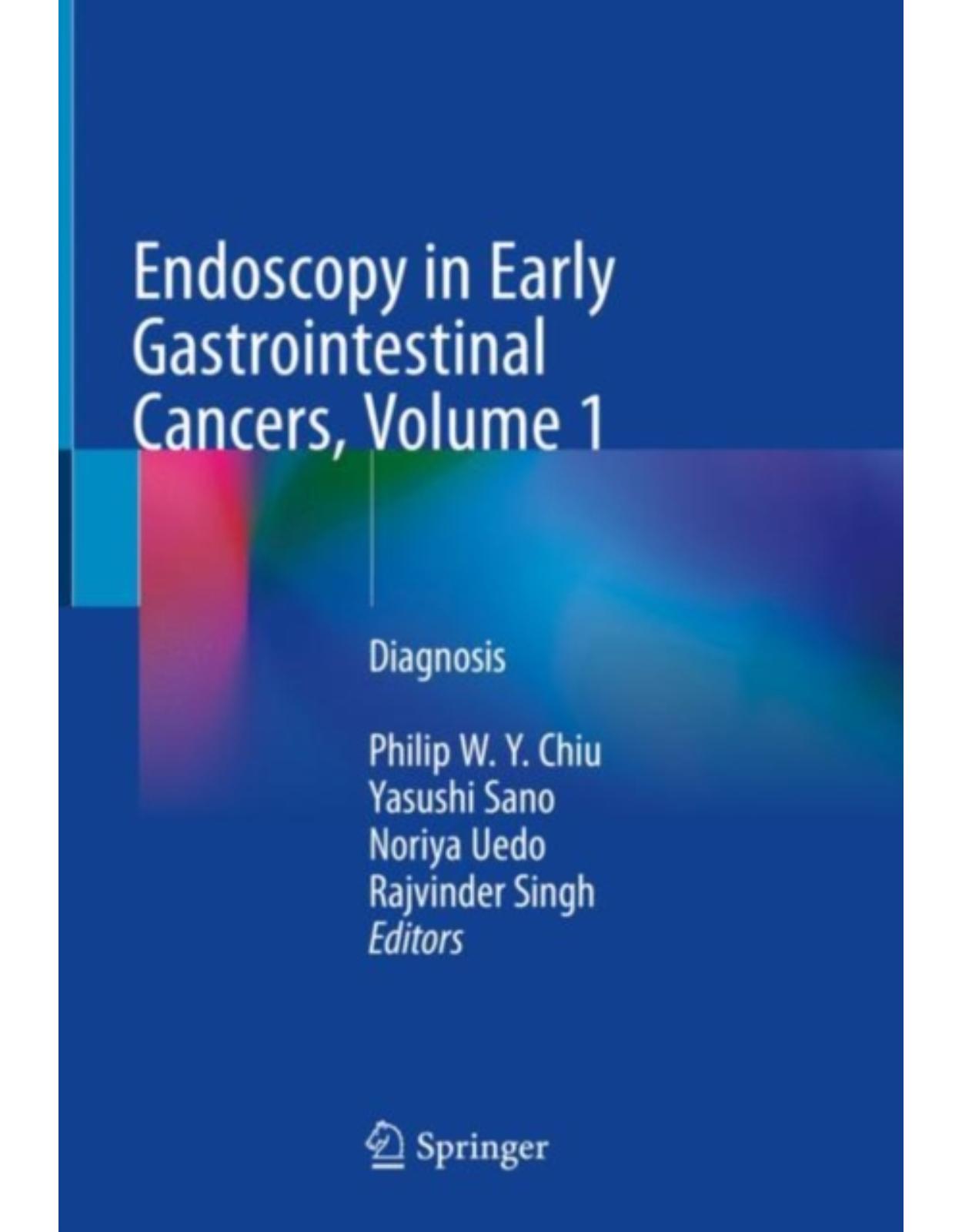
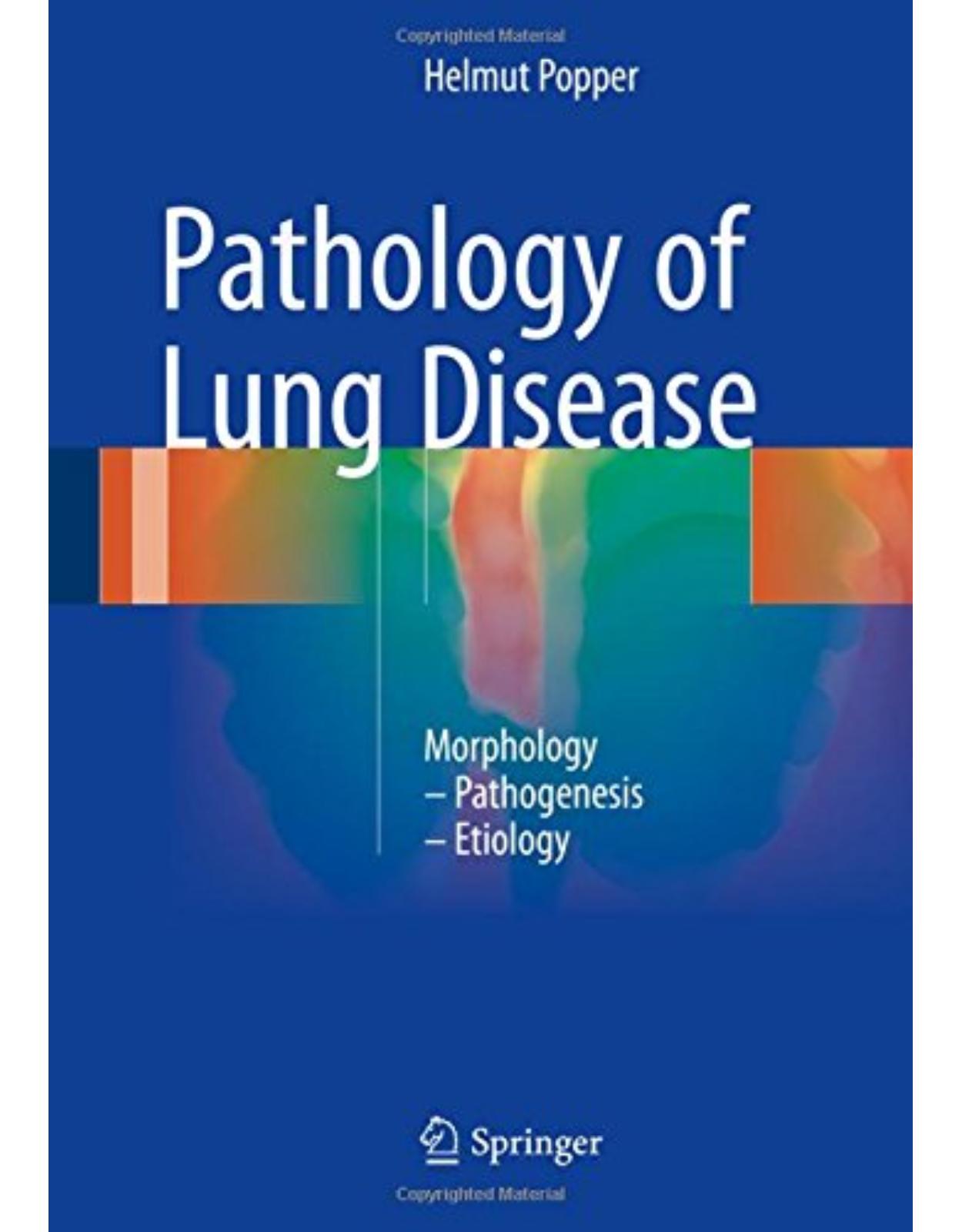

Clientii ebookshop.ro nu au adaugat inca opinii pentru acest produs. Fii primul care adauga o parere, folosind formularul de mai jos.